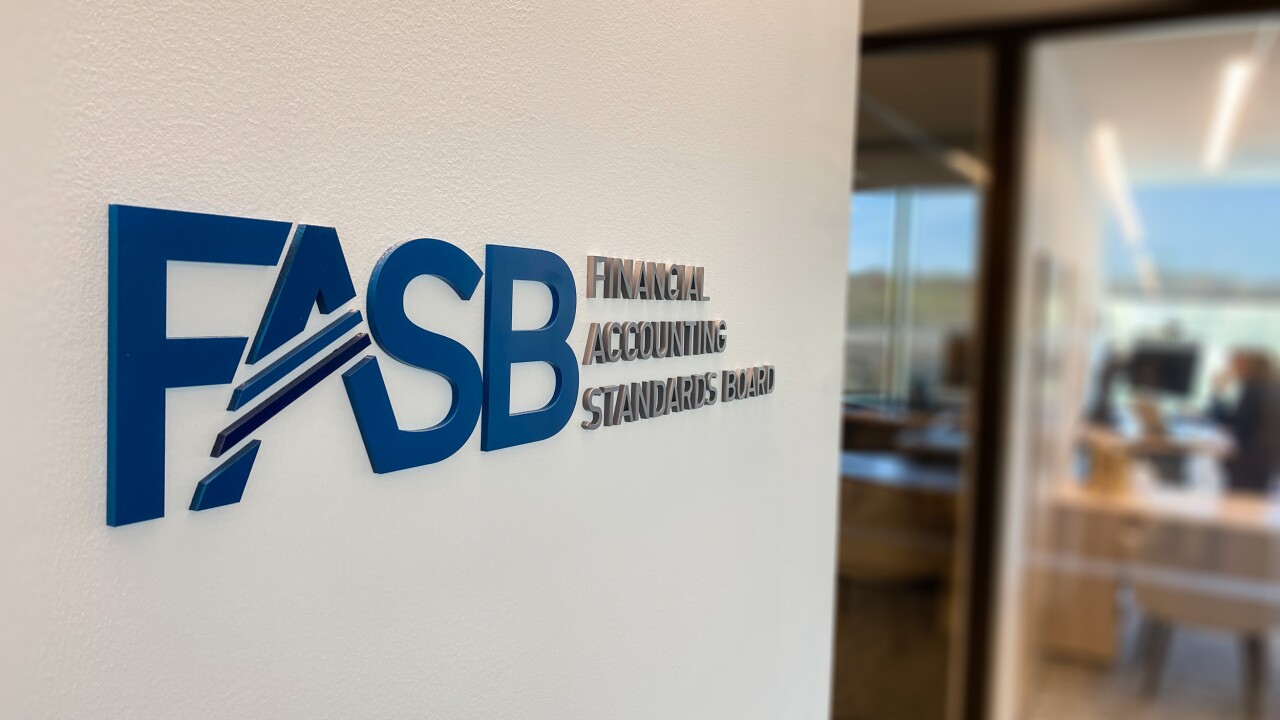The question of when the U.S. could default will come into sharp relief this week when the Treasury reveals how big its tax take is likely to be.
With the political battle over the statutory debt ceiling set to amp up again, the Treasury's tax receipts will give a clearer idea of how much cash it will have on hand as it approaches the limits imposed by the $31.4 trillion cap that will prevent it from borrowing.
Right now, the estimates for that so-called drop-dead date are wide — anywhere from early summer through to the U.S. fall — but investors and officials are hoping they will have a better idea soon.

This Tuesday is the deadline for most U.S. taxpayers to get their annual paperwork filed and make payments for what they estimate is owed. Those funds should show up in the Treasury's bank account shortly afterward to bolster its rapidly dwindling cash pile.
The key question is by how much and whether that will be enough to keep the Treasury flush with dollars until around June when there's an additional influx of tax money and when it can also tap some additional accounting gimmicks beyond those that it's already employing to keep the government away from the precipice.
"We maintain our current base case for a mid-August X-date but see risks skewed toward earlier," Bank of America analysts Mark Cabana and Katie Craig wrote in a note to clients, referring to the point when the U.S. is about to run out of ceiling headroom.
In their view, an increase in the Treasury cash pile of more than $200 billion following this week's tax day would be strong, while a figure of less than $150 billion would be weak, based on historical precedent.
The narrowing window for negotiations is likely to become an increased focus for lawmakers in the coming weeks and House Speaker Kevin McCarthy is preparing to roll out this week his
Following are some ways to help gauge just how jittery markets are getting and what timeframes they're most concerned about.
Bill curve dislocations
Watch out for investors demanding higher yields on securities that are due to be repaid shortly after the U.S. runs out of borrowing capacity. That's because the government won't be able to sell fresh securities and get cash to repay holders. In past episodes, that's created an unusual kink in the curve around the most vulnerable point. Right now there are small dislocations around various maturities, but not one clear-cut spot, and uncertainty over the Federal Reserve's interest-rate policy path in the near term is also a complicating factor. But if a clear distortion does emerge then it is a significant red flag.
Relative yields
The same logic that pushes investors away from certain more vulnerable securities means that alternatives linked to less risky dates are in greater demand. Securities that mature sufficiently ahead of any likely ceiling crunch point, such as one- and two-month T-bills, have been proving relatively popular. While the absolute yields on these shorter bills have moved up along with the rest of the curve because of Fed benchmark increases, the rate they offer has declined relative to overnight index swaps. Those are instruments that traders use to bet on central bank rates, so in a sense the gap is a measure of the bills' popularity once you strip out monetary policy expectations.
Auction demand
The preference of investors for certain bill maturities and an unwillingness to hold paper maturing around riskier dates can also manifest itself in their behavior at regular government debt sales. Last week's four-week bill sale, for example, saw auction yields plummet versus the prior week as buyers devoured the $60 billion offering. Similar preferences for shorter maturities were also evident in the eight-week operation. In contrast, auctions for some securities that will mature over the summer have been noticeably more lackluster.
Insuring against default
Beyond T-bills, one key market to watch is what happens in credit default swaps for the U.S. government. There was a notable uptick in activity in recent months and pricing has surged past the levels seen in previous debt-cap episodes, implying a higher probability of default.
Dwindling government cash
Perhaps one of the most stark measures of how close America is to the edge — although not a market-based metric — is the Treasury's cash balance. The approach of the debt limit usually results in the Treasury drawing down the amount of ready cash it keeps as officials avoid borrowing excess money that's not needed right away.
The cash pile on Thursday was around $99 billion and on Wednesday it went as low as $87 billion, the smallest amount since December 2021, when the U.S. was also wrangling with a debt-ceiling battle. Given that amount can shift by tens of billions of dollars on a single day and that it was above half a trillion as recently as February, that means there's not a huge amount of leeway for the government right now.
That means that the size of tax take this week really is critical. If it's big enough to get the Treasury through until an anticipated influx of tax money on June 15 — when some payers have installments due — then it's also likely to bridge the gap to the next available extraordinary measures on June 30 and stave off default until later in the summer — or even beyond that if receipts are really big. Conversely, if revenues disappoint, then the government might not even make it to June 15 and the clock really is ticking to find a legislative solution.





